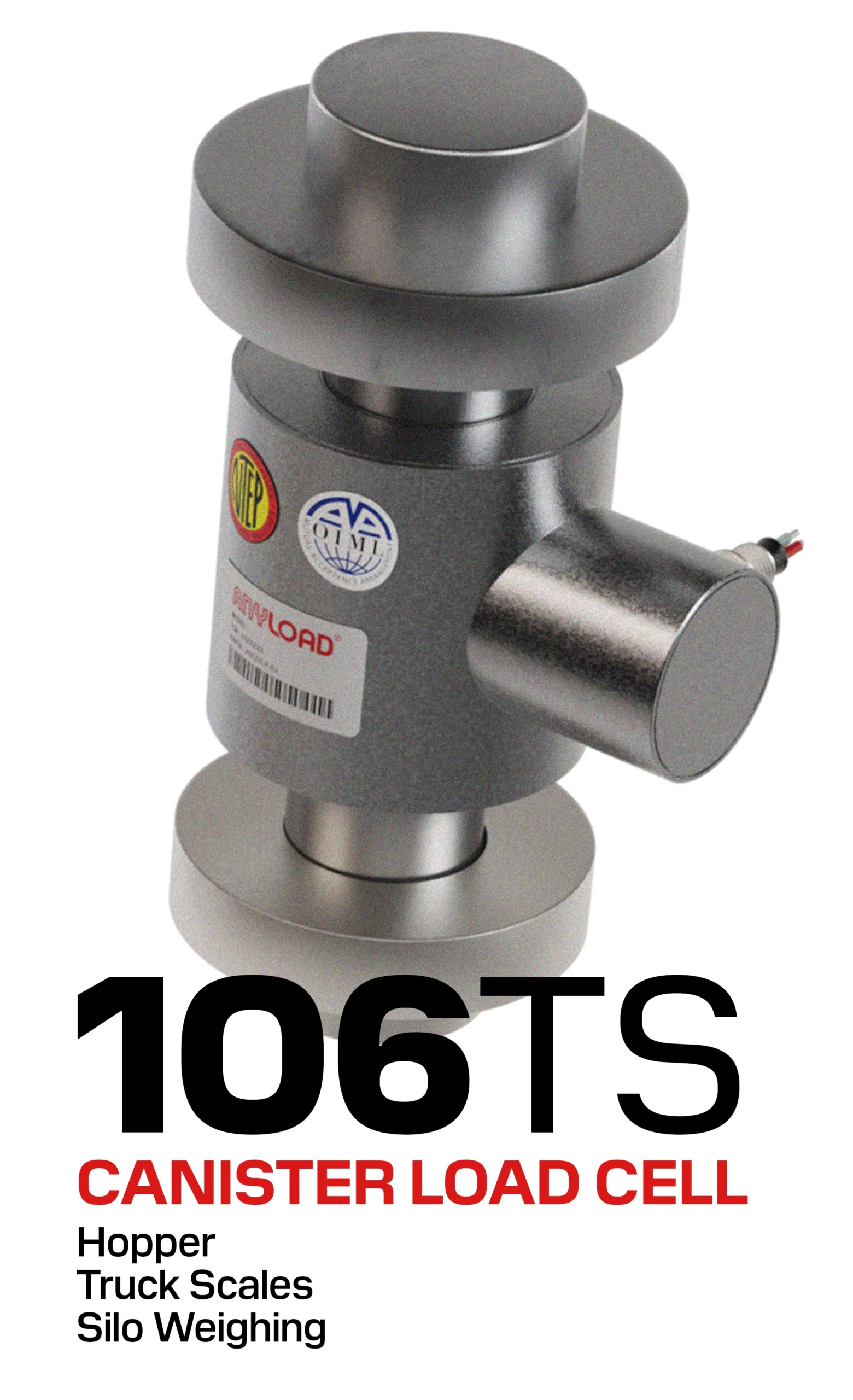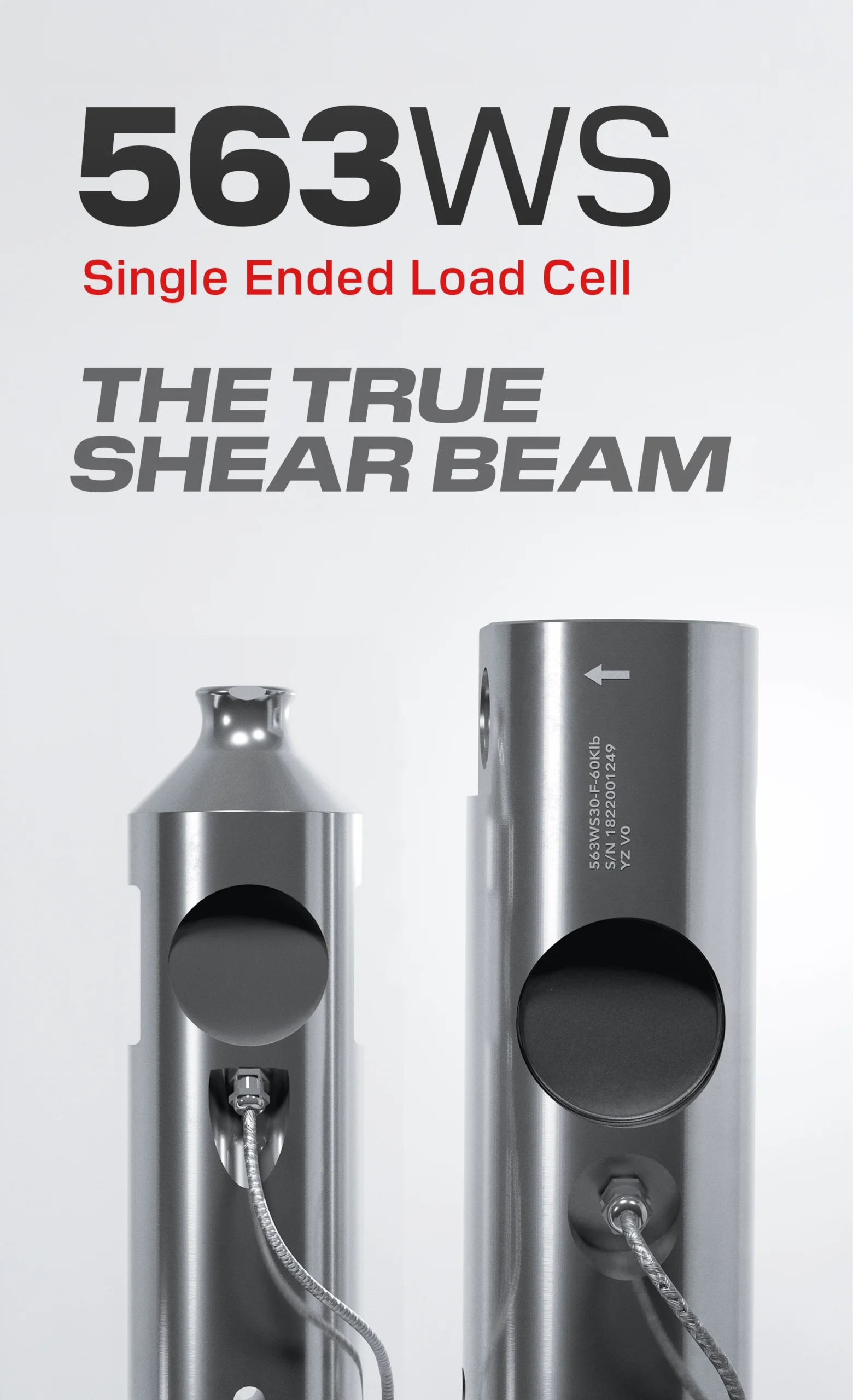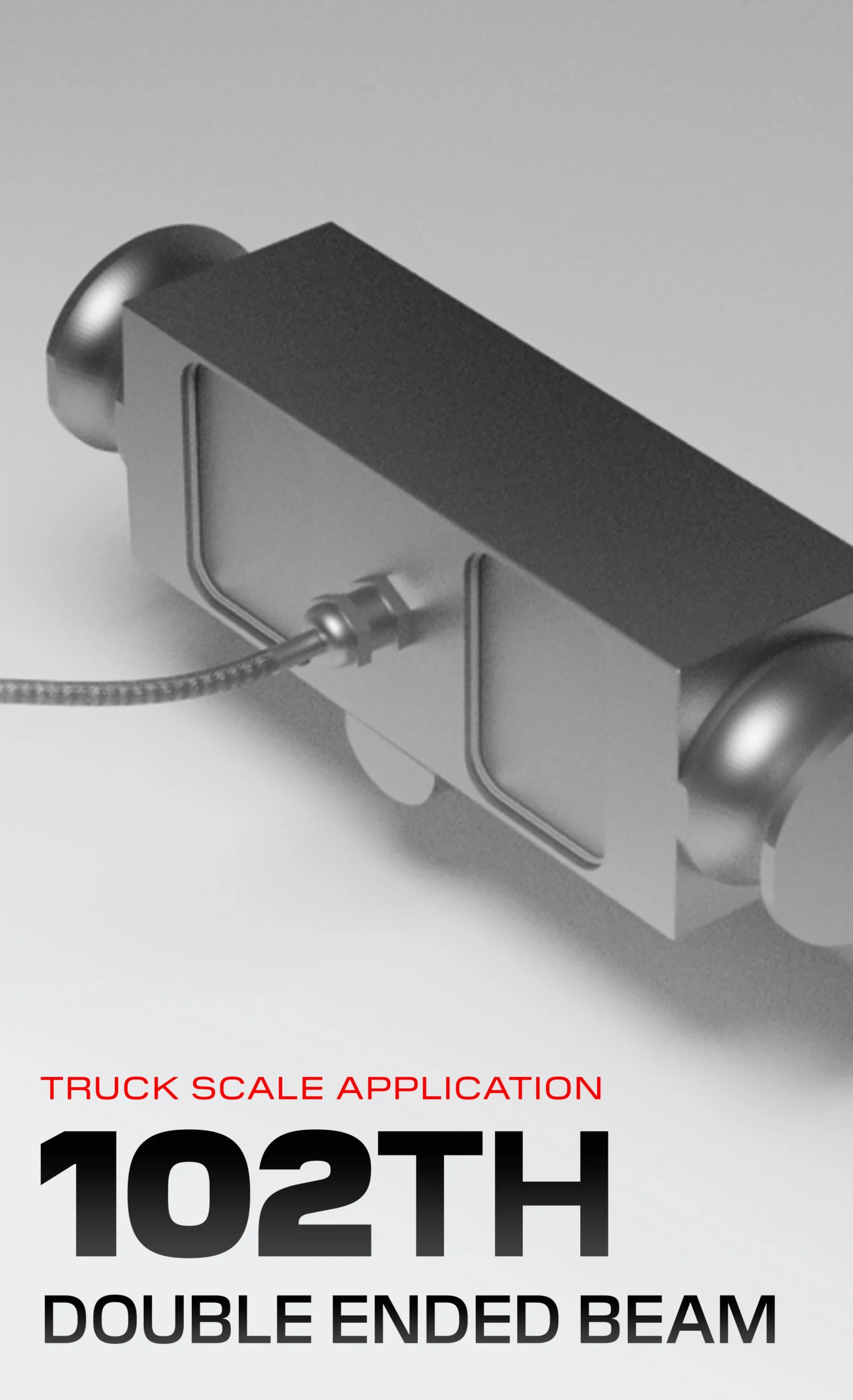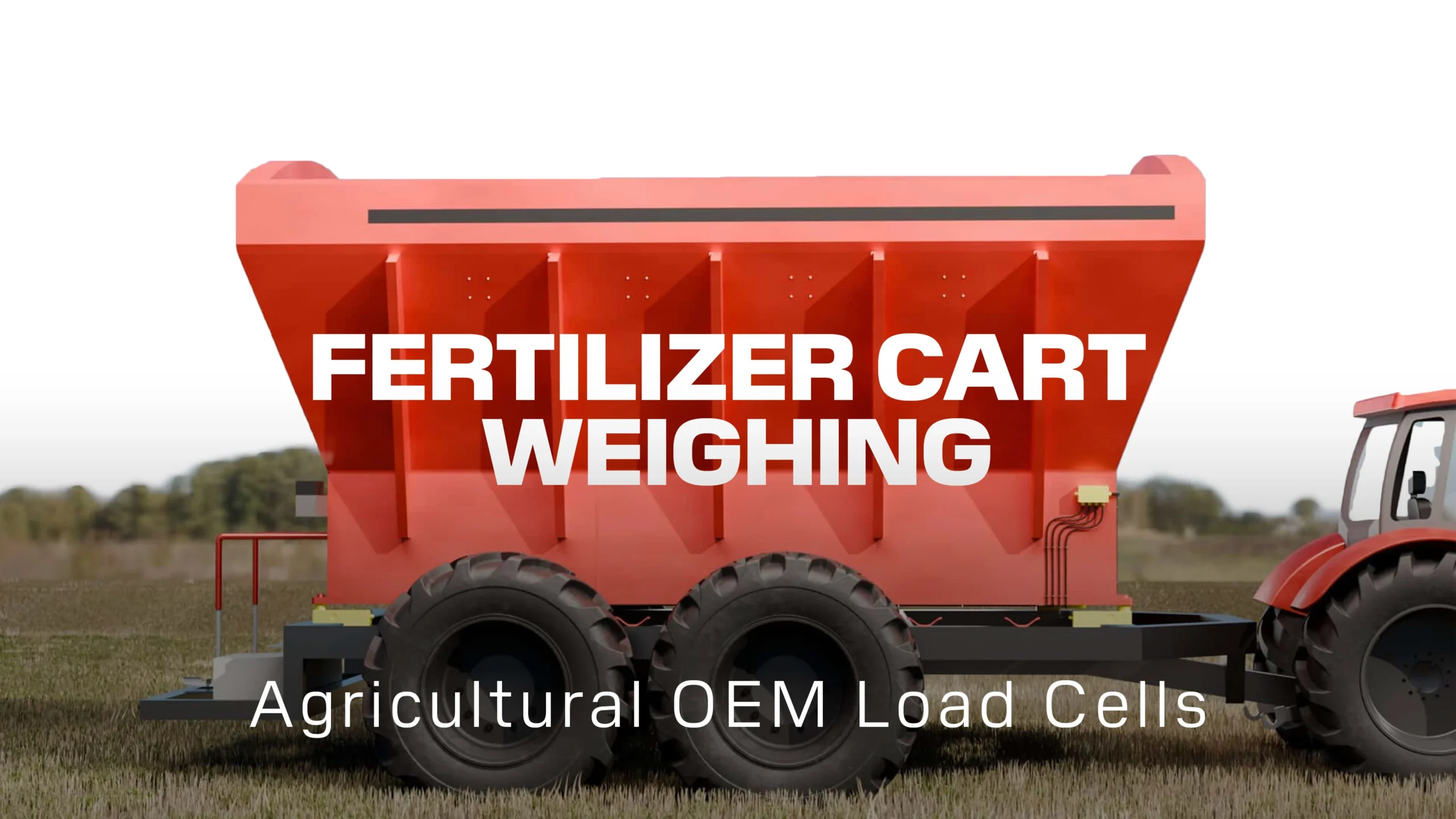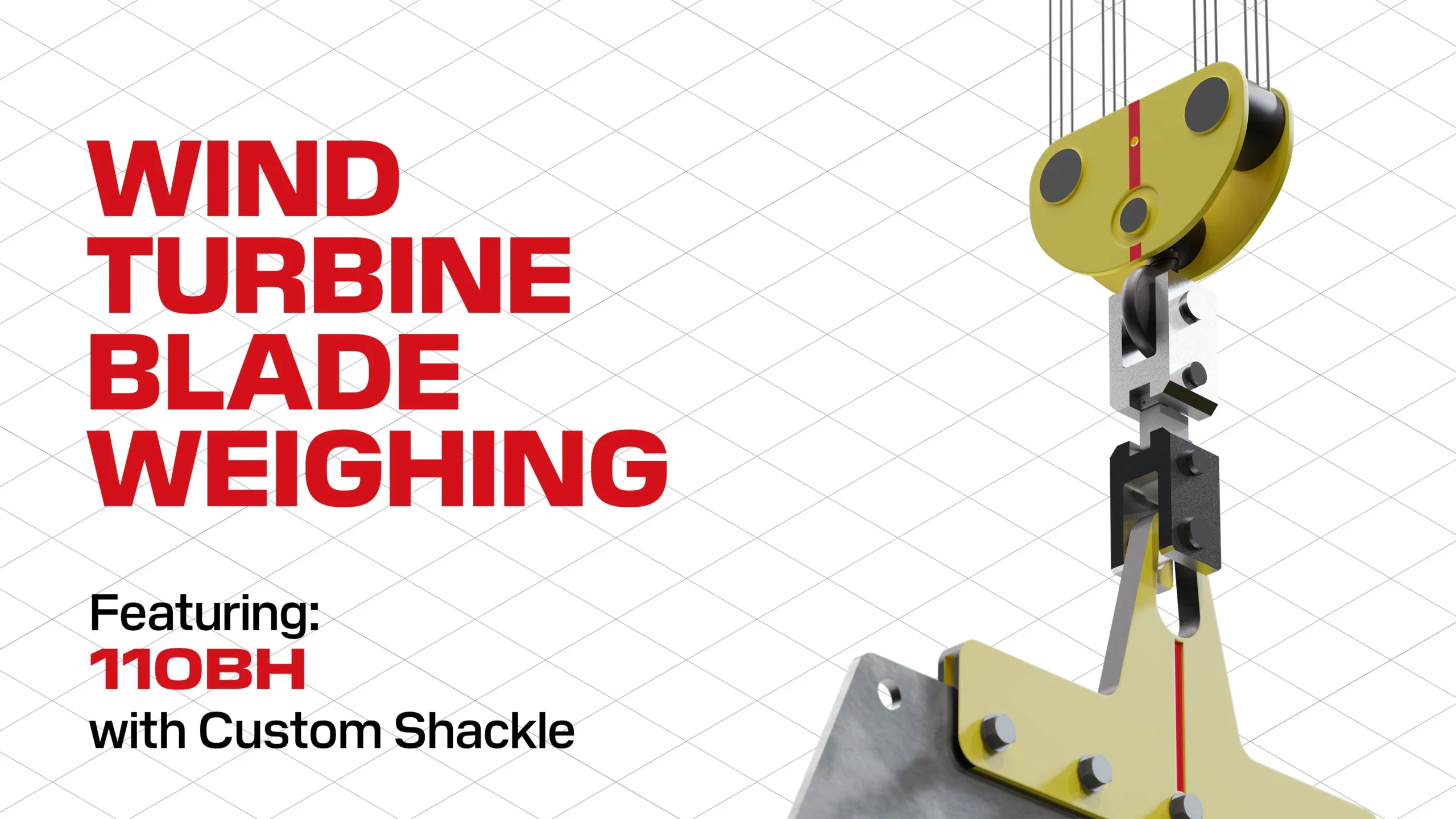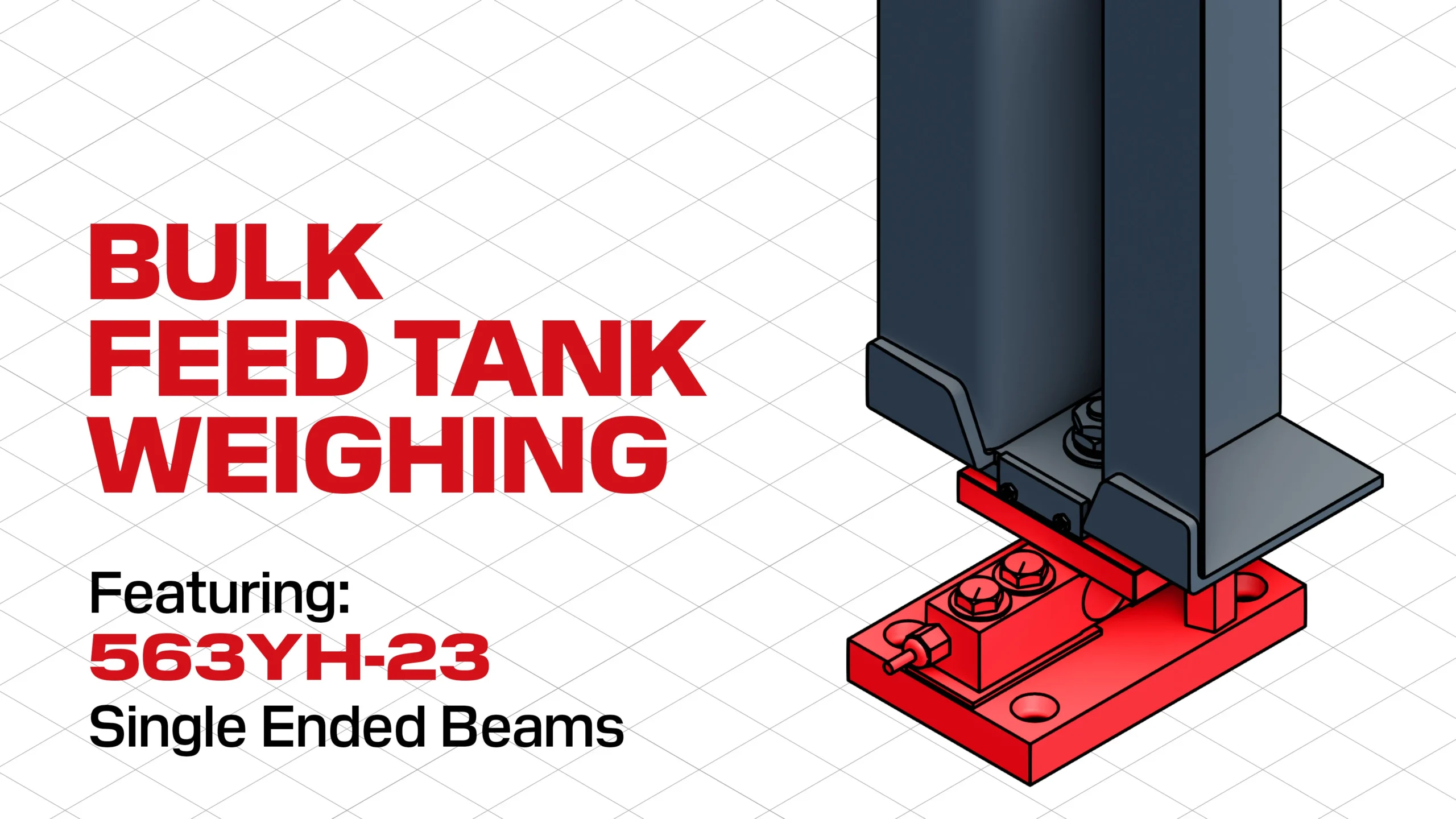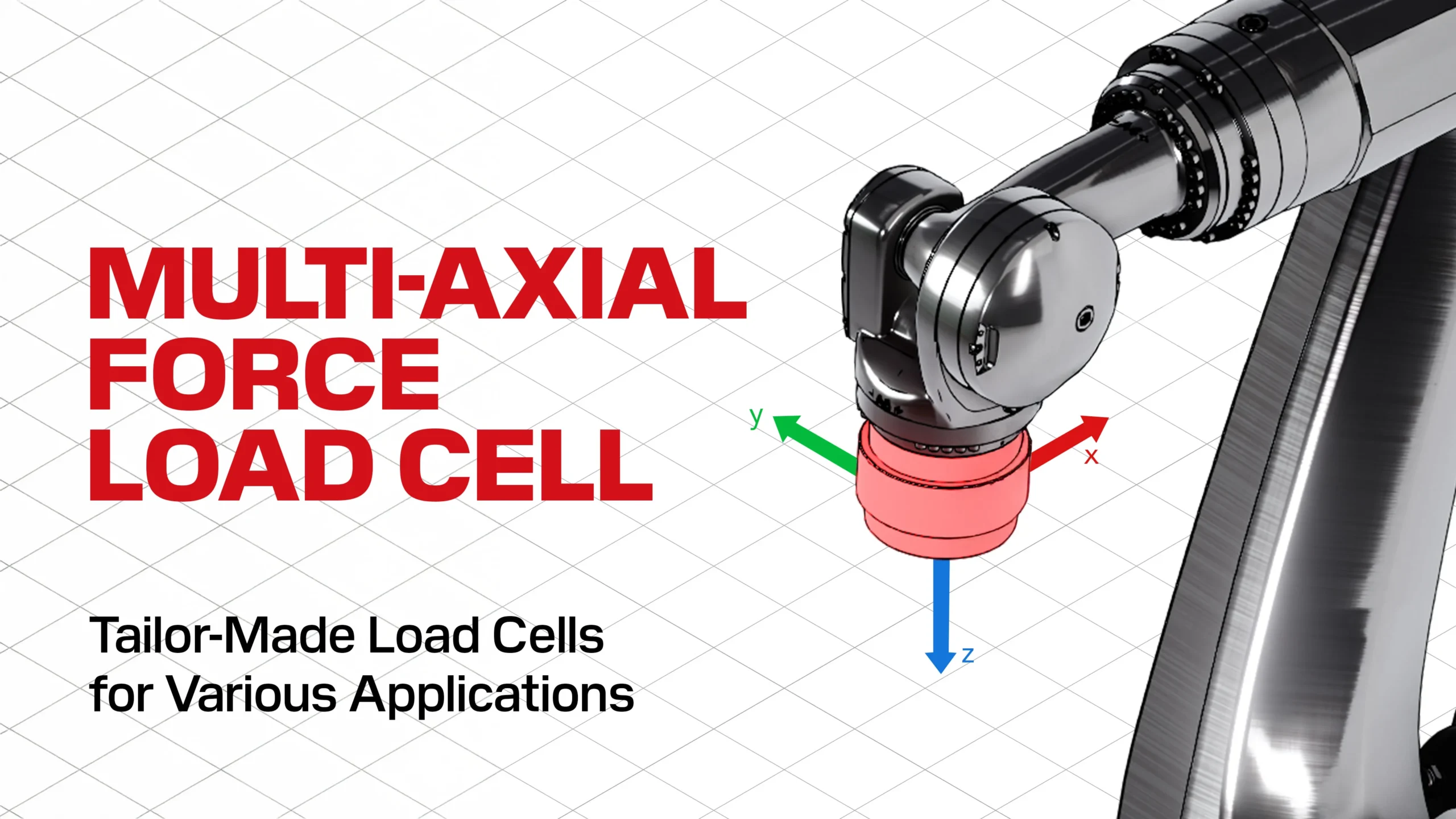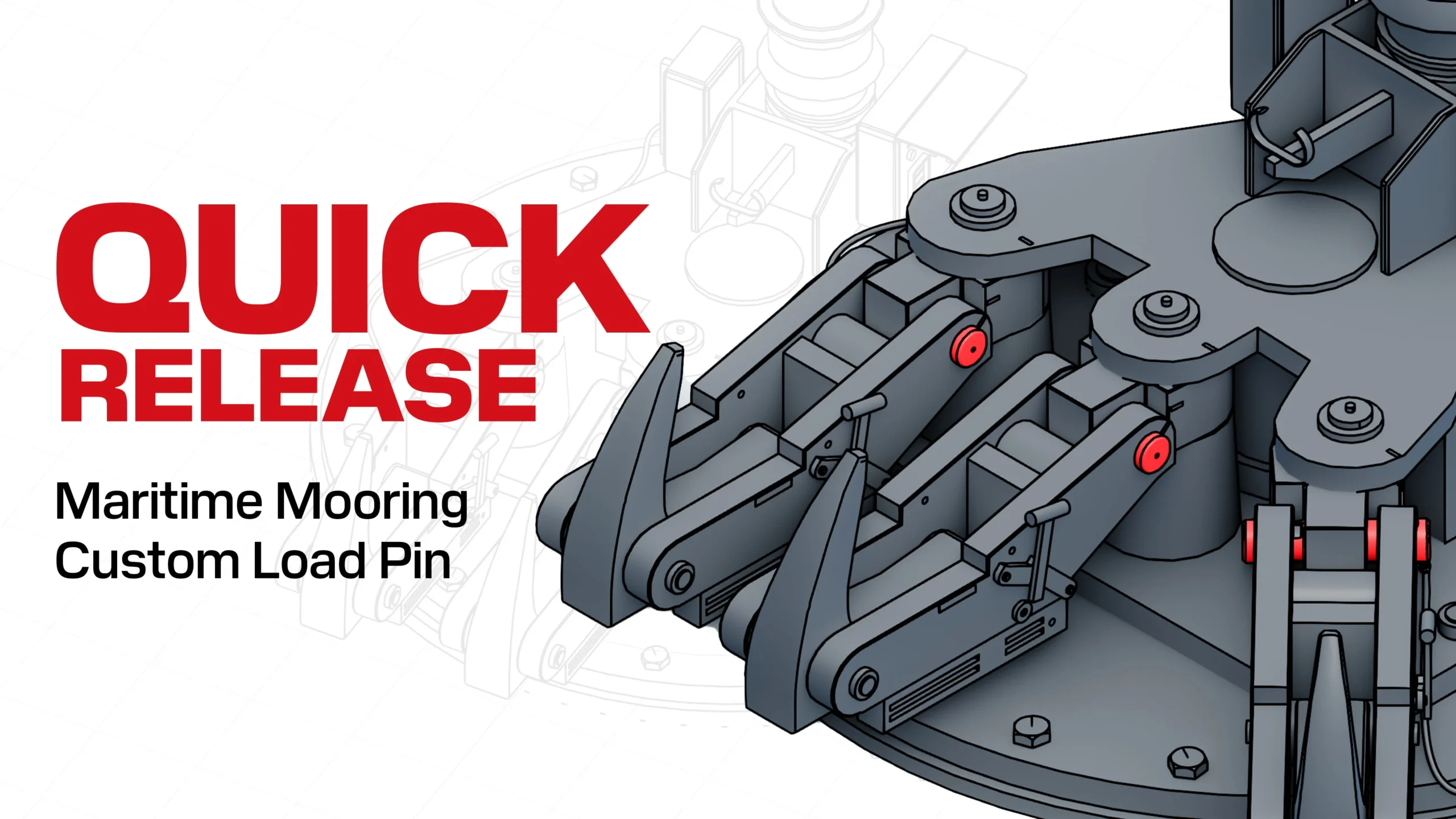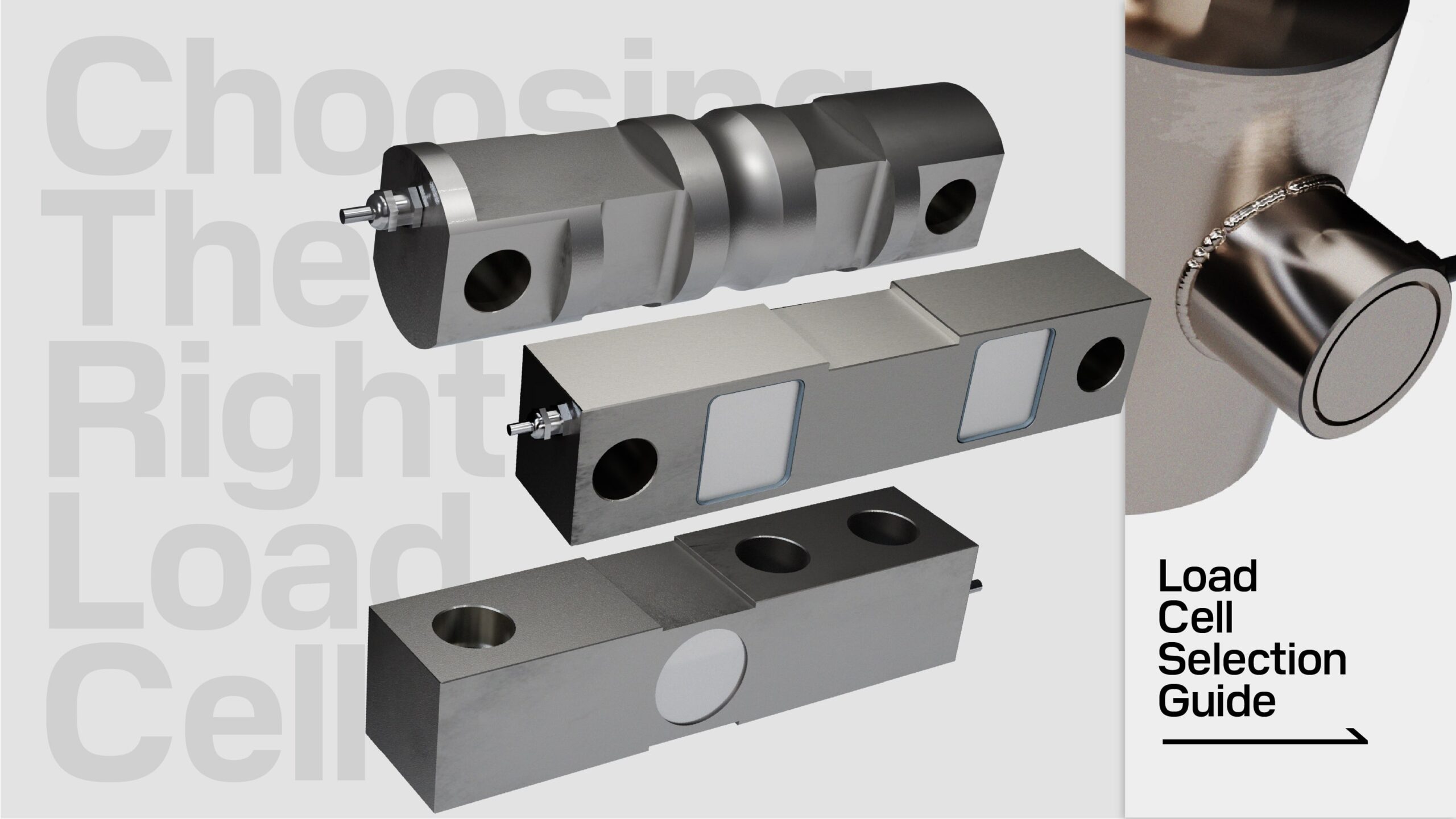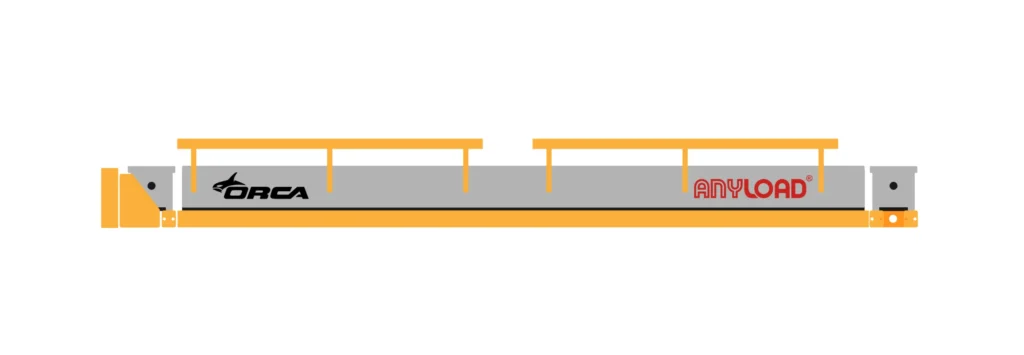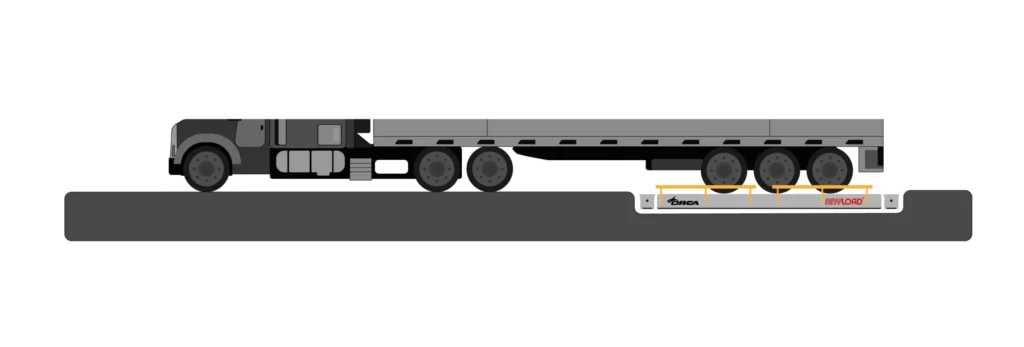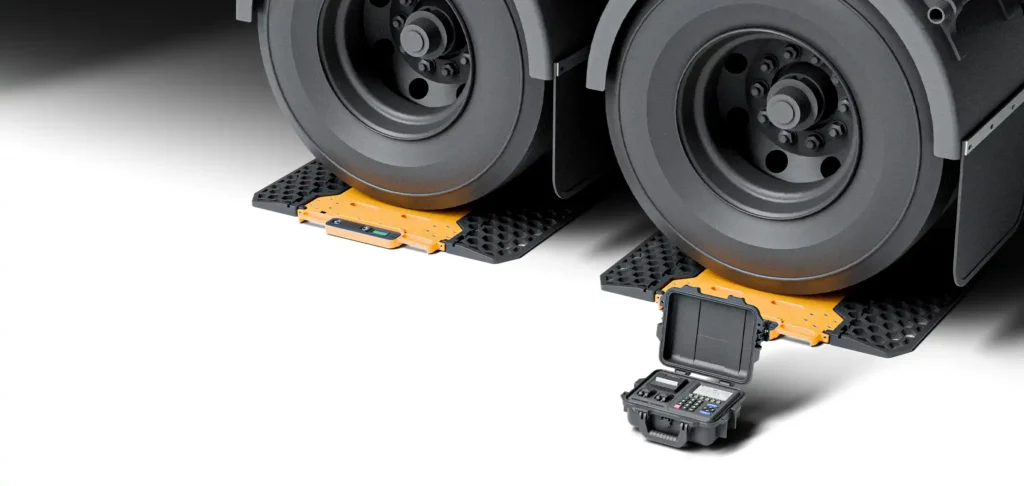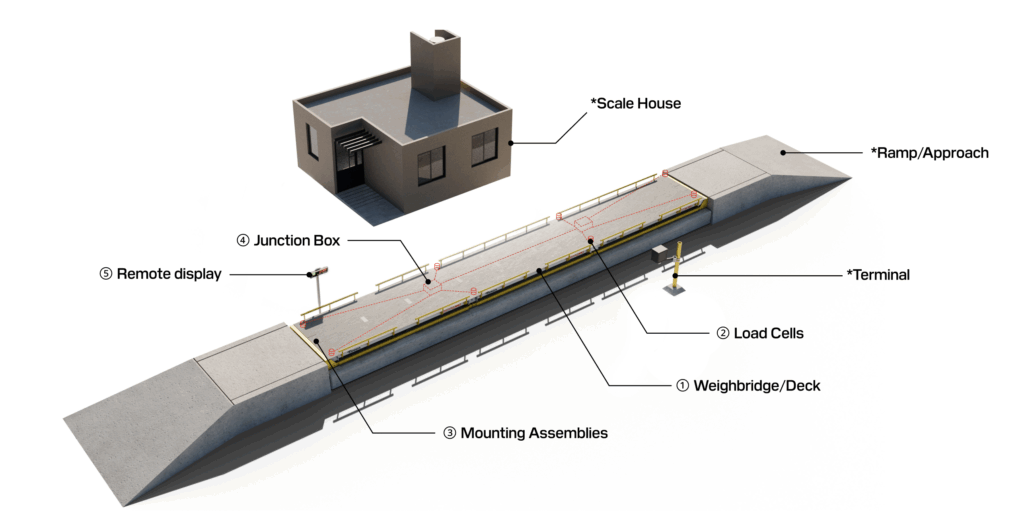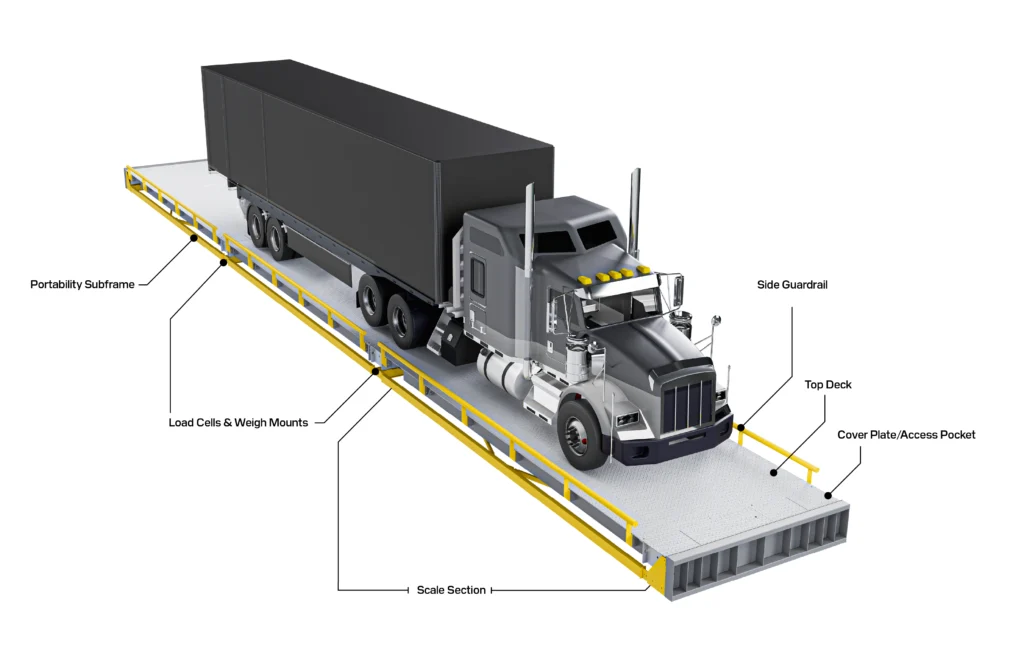Guide to Truck Scale – Introduction
Last Updated On October 28, - 15분 읽기
Truck scales are foundational to the safe, efficient, and compliant movement of goods across virtually every sector of the economy. Whether in logistics hubs, mining operations, agricultural terminals, or industrial processing plants, these systems serve a singular and vital purpose: accurately determining vehicle weight. This simple function underpins regulatory compliance, transaction integrity, infrastructure protection, and operational efficiency.
소개 트럭 저울이란 무엇인가요?
차량 저울 또는 계량교라고도 하는 트럭 저울은 차량과 화물의 총 중량을 측정하도록 설계된 대형 고강도 플랫폼입니다. 구조용 강철과 때로는 콘크리트로 제작된 트럭 저울은 데크 아래에 전략적으로 장착된 정밀 로드셀을 사용하여 작동합니다. 로드셀은 기계적 힘을 감지하고 이를 정확한 전자식 중량 측정값으로 변환하여 다양한 애플리케이션에서 정확하고 반복 가능한 판독을 가능하게 합니다.
일반적인 전장 트럭 저울의 범위는 길이 60~120피트(18~36미터), 폭 10~12피트(3~4미터)이며 총 용적 등급은 최대 28만 파운드(130미터톤)입니다.
애플리케이션:
트럭 저울은 차량 중량이 규정 준수, 청구, 재고 추적 또는 안전 집행에 중요한 역할을 하는 산업 전반에 걸쳐 널리 사용되고 있습니다. 계근대는 공공 및 민간 부문 모두에서 필수 인프라 역할을 합니다.
고속도로 및 단속 계량 스테이션
정부와 교통 당국은 도로 중량 규정을 시행하기 위해 상설 및 이동식 계량소를 운영하고 있습니다. 이러한 법적 트럭용 저울은 과적을 방지하고 도로 손상을 줄이며 상업용 운송업체가 차축 및 차량 총중량 제한을 준수하도록 도와줍니다.
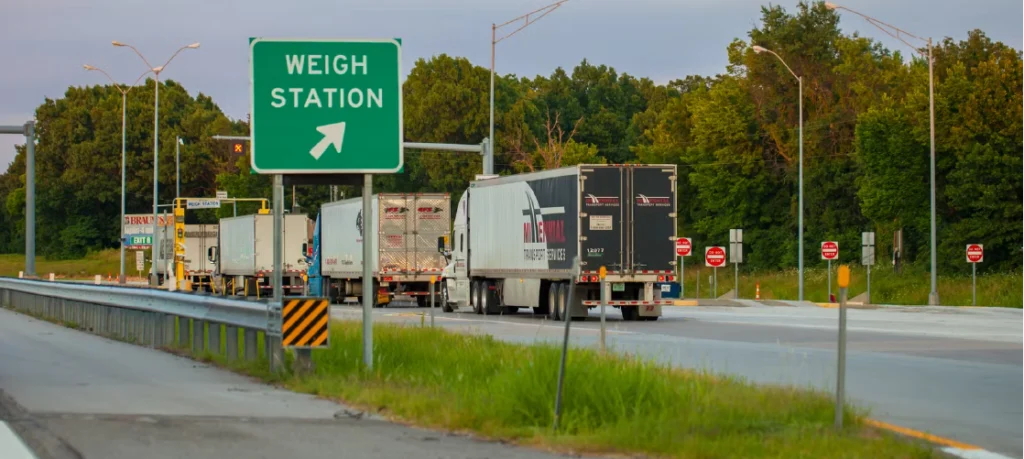
콘크리트, 아스팔트 및 벌크 배치 플랜트
트럭 저울은 레미콘, 아스팔트, 골재 가공 공장의 일상 업무에서 핵심적인 역할을 담당합니다. 배치 정확도를 보장하고, 배송을 확인하며, 원재료 재고 수준을 관리하기 위해 자재의 무게를 입출고할 때 모두 계량합니다. 특히 무거운 하중과 마모성 조건에서 저울 사용이 빈번한 고처리량 환경에서는 정밀도와 신뢰성이 매우 중요합니다.

물류 및 화물 터미널
물류 센터, 크로스도크, 복합 운송 시설에서는 트럭 저울을 사용하여 배송 전 적재량 준수 여부를 확인하고 청구 또는 문서화를 위해 중량을 조정합니다. 정확한 중량 데이터는 화물 분쟁을 줄이고 특히 장거리 및 국제 배송 작업에서 트레일러에 화물을 균일하고 안전하게 적재하는 데 도움이 됩니다.
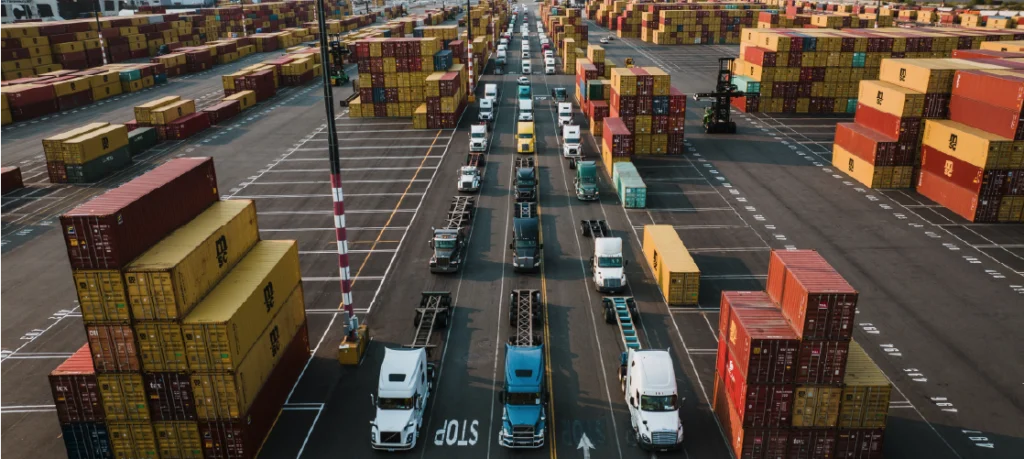
폐기물 관리 및 재활용
Waste transfer stations and recycling yards use truck scales to measure inbound and outbound material volumes for billing, landfill fee calculation, and regulatory reporting. These environments are often harsh and debris-filled, typically requiring rugged scale platforms and corrosion-resistant components.

농업 및 곡물 취급
트럭 저울은 곡물 엘리베이터, 사료 공장, 농장에서 옥수수, 대두, 밀, 가축 사료와 같은 벌크 상품의 무게를 측정하는 데 널리 사용됩니다. 농부와 협동조합은 수확량을 측정하고, 대금을 결정하고, 수확량을 모니터링하기 위해 트럭 저울에 의존합니다. 계절별 사용, 모바일 서브프레임 설정, 통합 곡물 덤프 시스템은 농업 애플리케이션에서 흔히 볼 수 있는 기능입니다.

트럭 저울의 유형
Truck scales come in a variety of configurations to suit different weighing needs, site conditions, and regulatory requirements. The right type of scale depends on factors such as space availability, required accuracy, traffic volume, mobility, and whether the application is legal-for-trade.
Full-Length Truck Scales
The vast majority of truck scales are full-length truck scales. They are designed to weigh a vehicle (including tractor and trailer) in a single pass. These scales typically range from 60 to 120 feet in length and are used in high-throughput operations such as freight terminals, batching plants, and agricultural receiving sites. They are often installed on permanent foundations (pit, slab, or pier) and are certified for legal-for-trade use. Full-length scales provide total gross weight and, when paired with software or indicators, can calculate net and tare values as well.
NOTE: ORCA and OTTER-series permanent steel deck truck scales represent this design.
Multi-Axle Truck Scales
Multi-axle scales weigh the entire vehicle while also capturing individual axle or axle group weights. This is particularly important in regions with strict axle load regulations. Multi-axle systems are typically composed of variable length weighbridge sections and synchronized through an integrated indicator system. These are common at enforcement stations, fleet yards, and bulk haulers where weight distribution is critical.
NOTE: ORCA and OTTER-series truck scales can be configured into multi-axle scale systems.
Portable Truck Scales
Portable truck scales are modular systems designed for temporary or mobile installations. Mounted on steel subframes which serve as a mobile foundation for the weighbridge, these steel deck scales are ideal for construction projects, seasonal agricultural operations, or remote job sites as they’re designed for rapid deployment and disassembly. Portable scales maintain high accuracy comparable to a permanent scale and can be certified for legal-for-trade use, provided the foundation and levelling are properly managed. They offer flexibility without compromising performance.
NOTE: Portability subframes can be paired with all standard ORCA and OTTER-series truck scales.
Single-Axle Scales and Axle Group Scales
These scales measure one axle or axle group at a time, with the vehicle either driving across slowly or stopping briefly on each segment. Total weight is calculated by summing the axle readings. Most are used for internal checks and compliance screening, and are not typically trade approved. Single-axle scales are typically more compact and cost-effective than full-length systems, making them attractive for lower-volume or space-constrained sites. These scales are generally not eligible to be legal-for-trade approved.
NOTE: ORCA and OTTER-series truck scales are also available in shorter, axle scale configurations.
액슬 계량 패드
While technically separate from truck scales, axle weigh pads are a portable form of vehicle weighing. These lightweight, low-profile pads are placed under each axle and are typically used for compliance checks, weight balancing, and preliminary screenings, not for legal-for-trade purposes. They are quick to set up and move but offer low accuracy and are more sensitive to surface conditions and vehicle motion. Despite this, they remain a valuable tool in fleet operations, enforcement programs, and mobile inspection setups.
NOTE: ANYLOAD’s AXA-series portable axle weigh pad scales offer best-in-class accuracy, portability, durability, and battery life.
Weigh-In-Motion (WIM) Scales
Weigh-in-motion systems allow vehicles to be weighed while in motion, without stopping. These systems are ideal for pre-screening trucks at highway weigh stations, ports, and logistics gates where stopping every vehicle would cause congestion. While not typically used for legal-for-trade transactions, advanced WIM systems can be certified in some regions with proper calibration and traffic control measures. Their efficiencies make them increasingly popular for enforcement and fleet screening, though their accuracy remains inferior by an order of magnitude compared to conventional weighbridges due to the dynamic forces involved. Careful vehicle speed enforcement and frequent recalibrations are also required to maintain meaningful accuracy.
NOTE: ANYLOAD’s AXA-8 axle weigh pad scales have weigh-in-motion capability when used in conjunction with rubber extension pads and the AN560 wireless indicator.
Overview of a Truck Scale System
NOTE: ORCA and OTTER-series permanent steel deck truck scales represent this design.
Multi-Axle Truck Scales
① Weighbridge / Deck
The main platform that supports the truck. Made of steel or concrete, often in modular sections. Available in treadplate steel or poured concrete finishes depending on site needs and environment.
② Load Cells
These are the core measuring devices that detect force and convert it into an electrical signal. Located at strategic support points beneath the deck. Load cell performance directly determines scale accuracy.
③ Mounting Assemblies
Connect the weighbridge to the load cells. High-quality mounts reduce side-load effects and allow for natural expansion, contraction, and shock absorption.
④ Junction Box
Combines output from multiple load cells into a single, calibrated signal. Located within the frame or protected housing, and used for trimming and diagnostics.
⑤ Indicator / Terminal
Displays real-time weight and processes transactions. Often located in a scale house or remote kiosk. May include printers, memory storage, and data outputs.
*Peripheral Equipment
Includes:
- Ramps: For raised installations.
- Scale House: To house onsite scale attendant, weighing equipment, and systems.
- Guardrails: Mounted On the deck or foundation to prevent trucks from veering off.
- Remote Displays: Weight readout for drivers & operators.
- Traffic Lights: To guide entry/exit in high-flow areas.
- Unattended Terminals: For driver self-service operations.
- Manhole: Access for accessing pit foundations and servicing the scale.
- Grain Dump / Unloading Port: Allows trucks to unload directly through the scale deck while remaining positioned for weighing (ideal for grain elevators and feed facilities).
Learn More About Truck Scales
Truck scales perform a simple function of being a platform scale used to determine vehicle weights. For operators however, as an essential component of many operations and as a major investment, understanding how they work, how to select the best product, and how to use and maintain it will help reduce risks and costs.
Design & Fabrication:
Learn how the structural design, materials used, and fabrication technology all differentiate truck scale designs and manufacturers.
Operation:
Learn what happens during a scale installation and calibration as well as how site operators can maintain a scale to minimize downtime and repair costs. (For System Integrators)
Selection Guide:
Choose the right truck scale for your needs by learning how to navigate the many choices on offer as well as which specifications and details to be mindful of.
